Research shows cordyceps need urgent protection
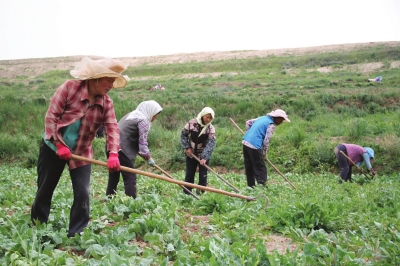
Right now, the annual cordyceps harvesting season has finished, and cordyceps output continues to decline in Qinghai Province. Relevant scientific monitoring shows that due to ecological degradation and successive years of harvesting, the natural resources of cordyceps have fallen sharply over the last 20 years.
Cordyceps, ginseng, and young deer antler are treasured in Chinese medicine. Both ginseng and young deer antler have already begun to be farmed for production, but cordyceps are still harvested naturally. Chinese cordyceps production comprises around 96 percent of the global total, and Qinghai comprises around 65 percent of Chinese production, reports say.
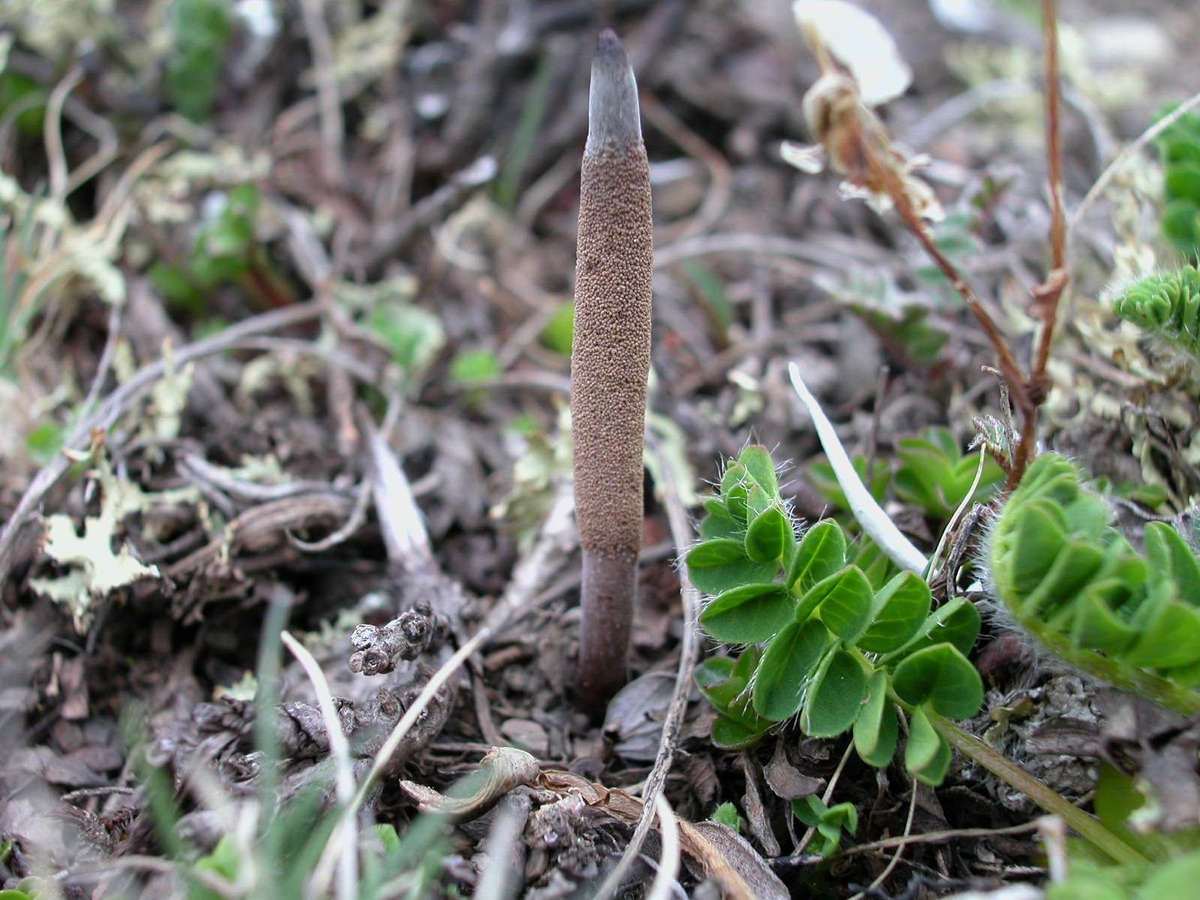
"It seems that the number of caterpillar fungus in the mountains this year has declined, and the number of people harvesting caterpillar fungus has also declined, which means a lower output overall.” said Li Yuling, director of the Cordyceps Research Room at the Qinghai Provincial Academy of Animal Husbandry and Veterinary Sciences Grassland Research Institute.
Since 1996, Li and her colleagues have conducted tracking surveys into field output trends. 20 years of continuous data monitoring has shown that although there are fluctuations between years, the overall trend is that cordycep natural resources continue to decline, and have even nearly become extinct in some areas.
Expert analysis shows that the decline in cordycep natural resources involves ecological degradation, abnormal climate conditions, and other natural factors, as well as excessive human harvesting and problems due to disorderly management. To protect the natural resources, the government must prioritize and enact good practices, but in terms of specific implementation, there is a degree of difficulty with continued harvesting.

"The nomads believe that the caterpillar fungus and the grass on the grasslands are the same, that when the season arrives, both will always grow and they will be able to harvest the same amount each year, and that this will always be the case,” Li Yuling said.
To deal with the issue, Li suggests caterpillar fungus conservation areas should be established immediately, a conservation period should be defined, a mechanism for conservation area flow replacement be established, and ecological compensation measures for conservation areas be formulated. At the same time, management models should be explored for areas that can still maintain cordycep harvesting, a breeding and recovery period for cordycep fungus and host insects be allowed, the intensity of the harvesting should be controlled in order to protect the natural resources and achieve sustainability.
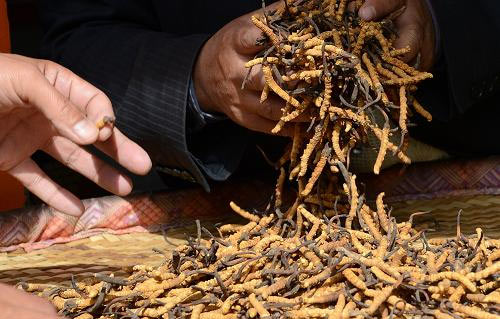
Your Comment
Name E-mailRelated News
-
;
-
-
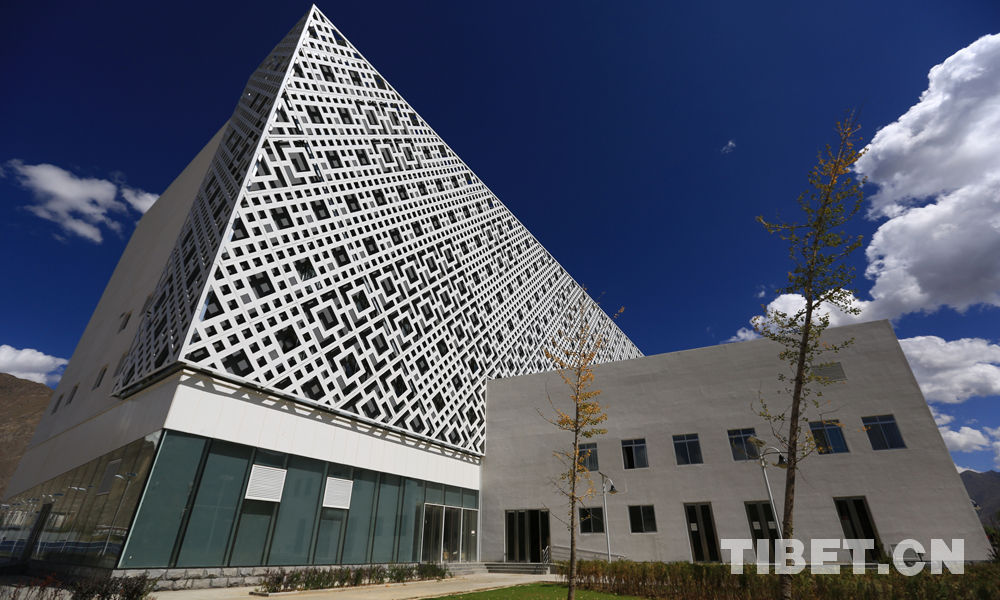
-
Tibet Natural Science Museum expected to open this month
The Tibet Museum of Natural Science has already passed a number of inspections and is expected to officially open in mid-July, Tibet Business Daily reports.
-
-
-

-
Frequent natural disasters seen along Sichuan-Tibet Highway recent
Recently, there has been frequent rainfall and flash floods along the Tibetan section of the Sichuan-Tibet Highway.
-
-
-
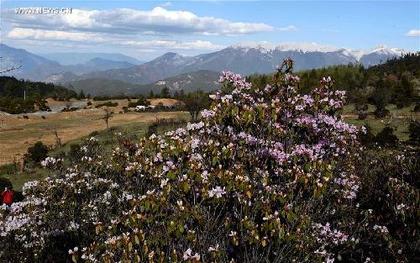
-
Natural Sceneries in Shangri-la, Yunnan
Photo taken on May 7, 2016 shows the scenery of the suburb of Jiantang Town in Shangri-la, Tibetan Autonomous Prefecture of Diqing in southwest China's Yunnan Province.
-
Based in Lhasa, Tibet Vista is a Tibet travel agency that specialized in Tibet permit, and Tibet tours for both private and group travelers at a local price!
•4 Days Lhasa City Group Tour from USD 460 •8 Days Everest Base Camp Group Tour from USD 850 •15 Days Mt.Kailash Group Tour from USD 1780 •2016 Tibet Train Tours from Beijing, Shanghai, Chengdu, Xining,etc










